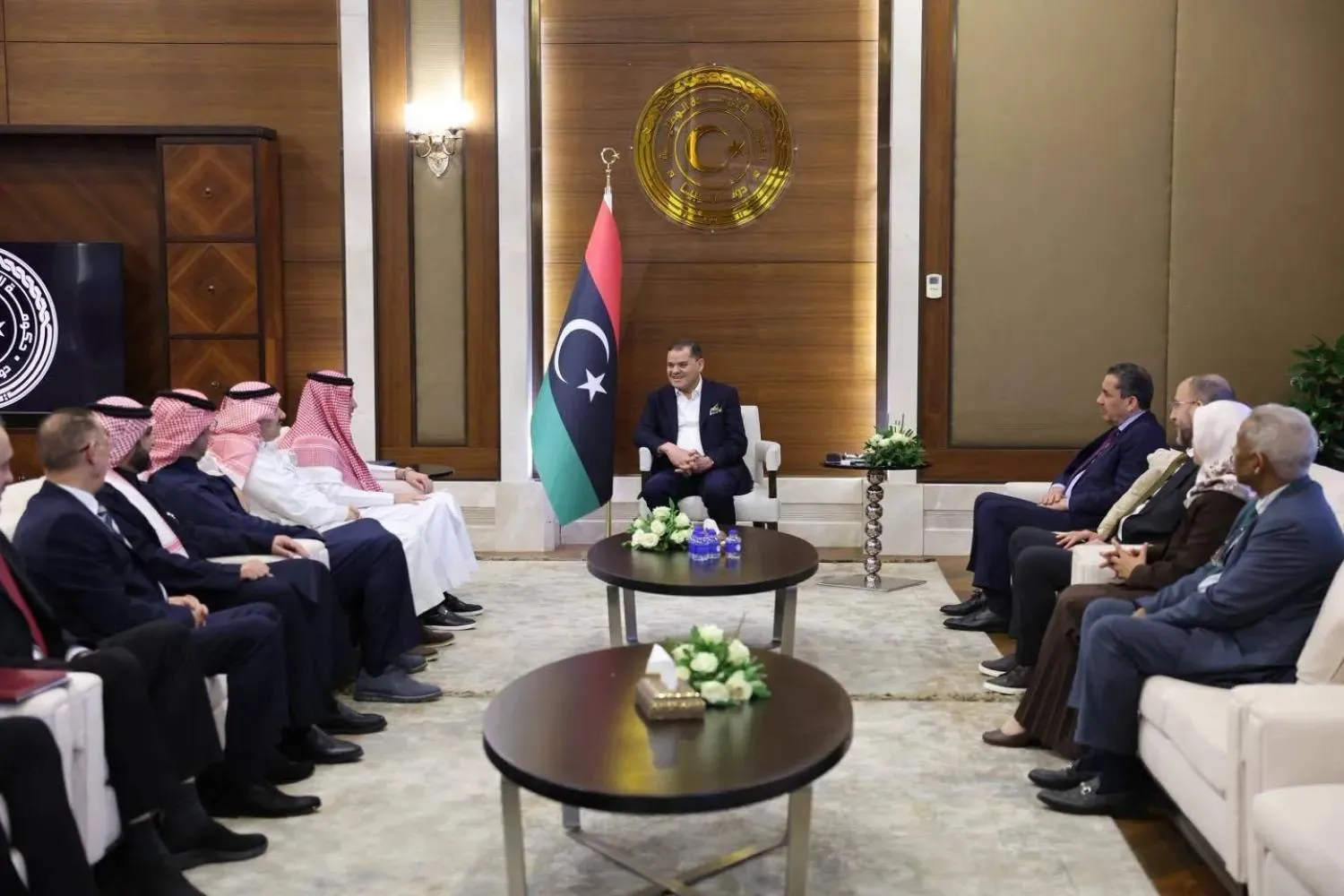Saudi cities will mark the Kingdom’s founding day on Tuesday with a host of events that take pride in the solid roots of the state, which span more than three centuries, and celebrate the close association of Saudi citizens with their leaders since the formation of the Saudi state in 1727 AD until the present era.
Riyadh is set to witness an artistic demonstration entitled “The Beginning’s March,” with the participation of more than 3,500 artists, actors, and performers, who will present panoramic paintings about the history of the Saudi state over the past three centuries, in addition to various shows.
This huge artistic event includes a poetic epic about the region, with verses highlighting the journey and expansion of the Saudi state during the past three centuries, and the events that occurred stressed through 10 scenes inspired by various eras, which will be recited by major Saudi artists.
There will also be theatrical performances featuring purebred Arabian horses, in addition to paintings that depict human life in the Saudi state from its beginning until the present day.
The march will be held in Wadi Namar, which is one of the most distinguished touristic landmarks in southern Riyadh, with a total length of about 2 km set amid festive celebrations, palm trees and streams of water for which Wadi Namar is famous.
A musical theatrical performance that also touches on the Kingdom’s history will be held on February 23 at Mohammed Abdu Arena theater in Riyadh.
The Founding Day Operetta narrates in a wonderful theatrical form the patriotic paintings written by history about the Saudi state and what it has reached now.
Great operetta poets such as Prince Badr bin Abdul Mohsen, Muhammad Al-Anzi, Nayef Saqr, Naglaa Al-Muhya and Ahmed Alawi have written the musical theatrical performance.
The work of art appreciates the timeless moments and stories associated with the founding day and the state’s march towards the future.
It will include various scenes of the patterns and forms of life of the Saudi state since ancient times, all the way to modern civil life.
The work speaks to the modern life in which the Saudi citizen proudly preserves their language, religion, customs, traditions, and social relations.
From February 22 to 24, the National Museum of Saudi Arabia will host a cultural event. Over the span of three days, attendees will explore thought-provoking workshops, talks, and discussions that will uncover the cultural history of the Saudi First State like never before.
Moreover, Riyadh’s sky is scheduled to be adorned with colors of joy as part of the Kingdom’s celebration of the Founding Day by launching the “Light Show” experience on Feb. 24.
The event will include a unique experience where fireworks, drones and light effects harmoniously blend in their movement with rhythmic sound and distinguish their cheerful colors and attractive shapes.
Throughout Jeddah, Dammam, Taif, Hail, Tabuk, Riyadh, Abha and Al Baha, an event known as The Nejnaj will highlight the country’s achievements and growth. The event is divided into five regions: central, northern, western, eastern, and southern. Upon entering each region, visitors can have an immersive experience of Saudi heritage through a mini art exhibition consisting of old photos of the specified region. There will also be narrators and actors in each region who will tell true stories since the founding times.
Nejnaj will help guests explore a cultural celebration of traditional Saudi garments and costumes and give them the chance to taste the aroma of traditional Saudi coffee as history unfolds before their eyes.
King Abdulaziz Centre for World Culture (Ithra) will celebrate the Saudi Founding Day from February 22-26, 2022 by offering an exceptional opportunity to take visitors on a journey to the beginnings, when three centuries ago, ancestors laid the foundations of glory in the hills of Najd, and they built the pillars of that state whose heart still beats today.









